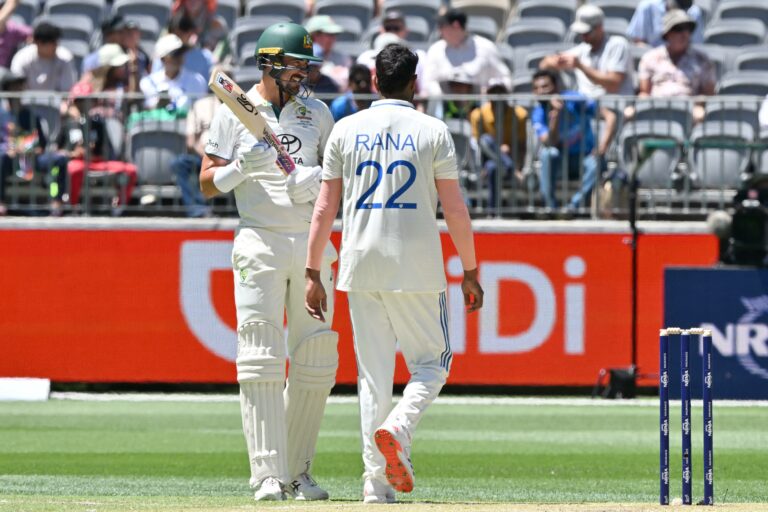Strategies for Bowling in Different Conditions as a Fast Bowler
Online Cricket ID, Play99exch: When it comes to playing cricket, one crucial aspect that can greatly impact the game is the pitch conditions. The pitch refers to the strip of ground where the bowler delivers the ball to the batsman. Pitch conditions can vary widely depending on factors such as weather, soil type, and maintenance. The condition of the pitch can significantly affect the pace, bounce, and movement of the ball, making it essential for both bowlers and batsmen to adapt their strategies accordingly.
In general, pitches can be categorized as either fast or slow. A fast pitch usually has a hard surface with minimal grass coverage, allowing the ball to travel quickly and straight, making it ideal for fast bowlers. On the other hand, a slow pitch tends to be softer with more grass, resulting in slower ball speed and variable bounce, which can benefit spin bowlers. Understanding the nuances of different pitch conditions is crucial for players to make necessary adjustments to optimize their performance and increase their chances of success on the field.
Adapting Your Bowling Style to Suit the Pitch
When it comes to adjusting your bowling style to match the pitch conditions, it is crucial to be observant and adaptable. Each pitch has its unique characteristics that can significantly impact the movement and behavior of the ball. One of the key factors to consider is the pace and bounce of the pitch, which can influence the speed and trajectory of your deliveries.
In addition to pace and bounce, the amount of spin that the pitch offers is another important consideration for bowlers. A pitch that provides more grip and turn can be advantageous for spin bowlers, allowing them to extract greater movement and deception from their deliveries. Conversely, on pitches with less assistance for spin bowlers, it becomes essential to focus on variations in line, length, and pace to outsmart the batsmen.
How important is it to adapt your bowling style to suit the pitch?
Adapting your bowling style to suit the pitch is crucial in order to be successful in a game of cricket. Different pitch conditions can greatly affect the way the ball behaves, so it’s important to adjust your strategy accordingly.
What are some common types of pitch conditions bowlers may encounter?
Some common types of pitch conditions include dry and dusty pitches, green and moist pitches, and flat and hard pitches. Each type of pitch will require a different approach from the bowler.
How can I adapt my bowling style to suit the pitch?
To adapt your bowling style to suit the pitch, you may need to vary your line and length, adjust your pace, and use different types of deliveries. It’s important to read the pitch carefully and make strategic decisions based on its condition.
Are there any specific tips for bowling on dry and dusty pitches?
When bowling on dry and dusty pitches, it’s important to vary your pace and focus on getting good turn and bounce. Spin bowlers may have an advantage on these types of pitches, so consider using spin deliveries to your advantage.
What should I keep in mind when bowling on green and moist pitches?
On green and moist pitches, fast bowlers may have an advantage as the ball is likely to seam and swing more. Focus on hitting the right areas and exploiting any movement in the pitch to trouble the batsmen. Adjust your length and line accordingly.
How can I be successful on flat and hard pitches?
On flat and hard pitches, bowlers may need to rely on variations in pace and bounce to keep the batsmen guessing. Consider using slower balls, bouncers, and yorkers to mix up your deliveries and create opportunities to take wickets.







